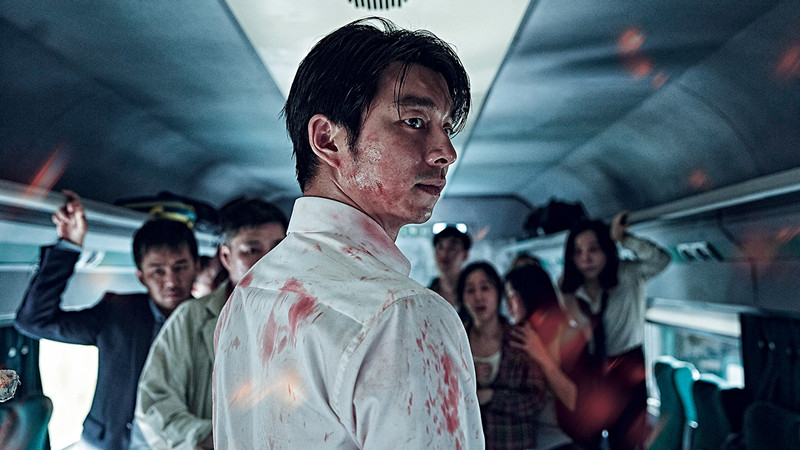
The sequel to the animated film “Seoul Station”, also by Yeon Sang-ho, “Train to Busan” is the film with the most admissions in South Korea for 2016, with more than 11.5 million. This number places it in the 11th position of the all-time list with admissions in the country, despite the fact that it is one of the very few South Korean productions with zombies.
Here are 10 reasons why “Train to Busan” is a great zombie film.
Please take caution, before reading, because the list contains many spoilers.
1. Zombies are more fearsome than ever

In contrast to the general depiction that has zombies portrayed as very slow, the ones in “Train to Busan” follow the rules of Danny Boyle’s “28 Days Later” and are actually very quick. This trait, along with their usual relentlessness and the setting of the train, which does not give much space to avoid them, results in one of their most onerous depictions ever.
Furthermore, the scenes where they crash into each other as they are speeding towards their prey, are utterly horrific, although the one that truly stands apart occurs when they form a mass of some sorts in order to stop a moving train.
Even the fact that their sole flaw is that they cannot see in the darkness heightens this sense of danger they emit, since the only way for the passengers to pass by them is in complete darkness.
2. Humans are even scarier
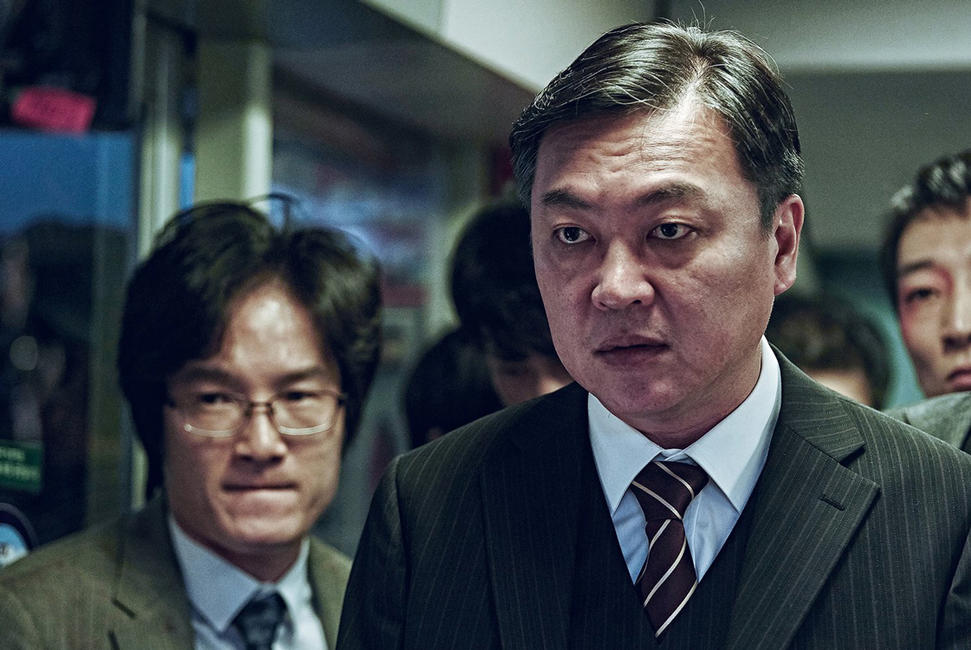
This trait is chiefly represented by Yong-suk and his “entourage”, who are willing to let everybody else die instead of allowing them to come to their “safe place”, one of the wagons. The cruelty of this scene is truly shocking, and becomes even more intense after some of them manage to enter the specific wagon, only to be kicked out after awhile, despite the fact that they have children with them.
Furthermore, Yong-suk gives one of the ugliest images ever attached to human nature, as he is a man willing to let everybody else be killed, or even kill them himself, in order to save his hide. The fact that he almost succeeds, through a number of episodes involving him feeding people who try to help him to the zombies, is at least as shocking as watching the zombies attack.
3. Amazing Special Effects
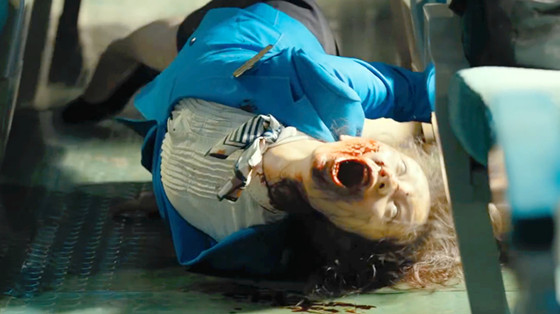
Yeon Sang-ho’s previous works were mostly animated. In that fashion, he tried to implement the animation aesthetics, particularly regarding the action scenes, in “Train To Busan”. With the help of visual effects supervisor Jung Hwang-su, he succeeded to the fullest, as the action in the film is very close to that of his animations.
Starting with the appearance and the movement of zombies, continuing to the death of people in their hands and the various scenes involving trains, the special effects are magnificent in their hyperbole. Along with some show-stopping techniques in crucial scenes, “Train to Busan” is an audiovisual masterpiece.
4. The claustrophobic sense the train emits as the main setting
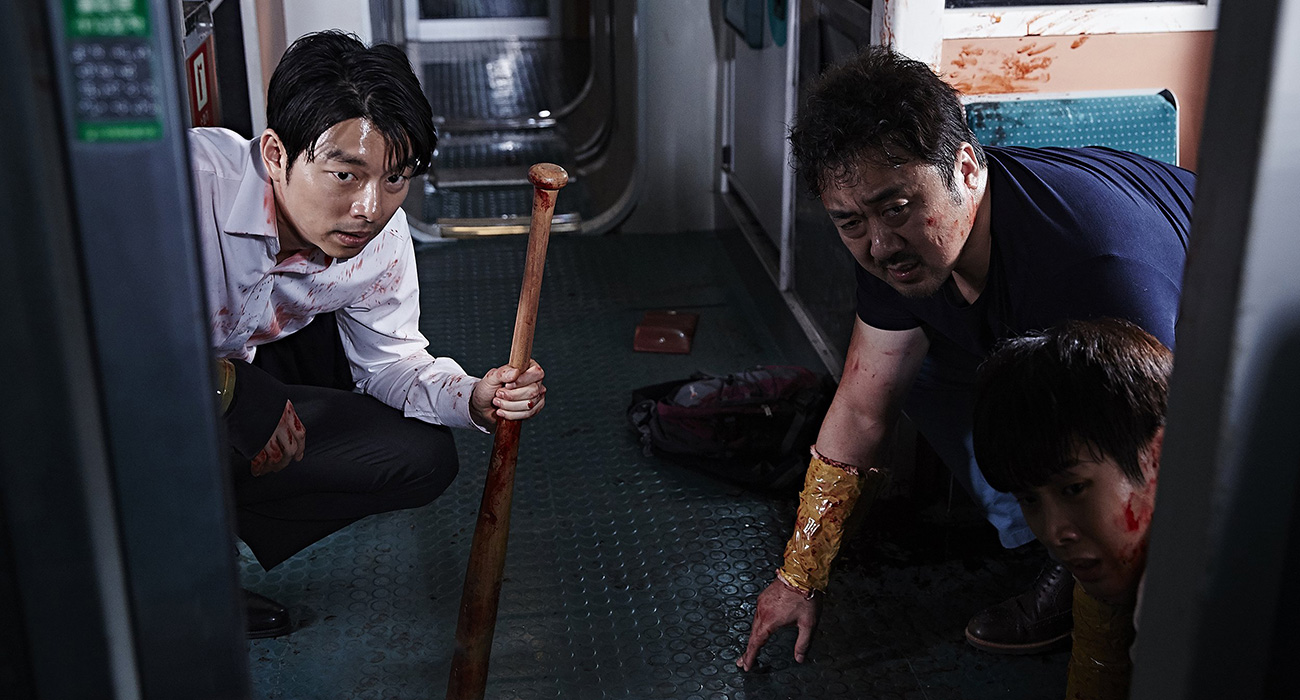
Using the train as the main setting of a zombie film was a brilliant idea, particularly due to the claustrophobic feeling emitted from the hunting through the wagons. Yeon capitulated on the concept, heightening the tension continuously, as the passengers realize that eventually they will reach the edge of the train where there is no way out. In that fashion, he manages to retain the agony for the whole of the trip.
Furthermore, he used an aspect ratio of 1:85.1 instead of the usual widescreen 2.35:1, thus downsizing the frame and stressing the claustrophobia even more. The fact that the protagonists progress to reach their loved ones through the zombie-infested train is very slow also adds to the sentiment.
5. Many messages through allegories in this extreme concept
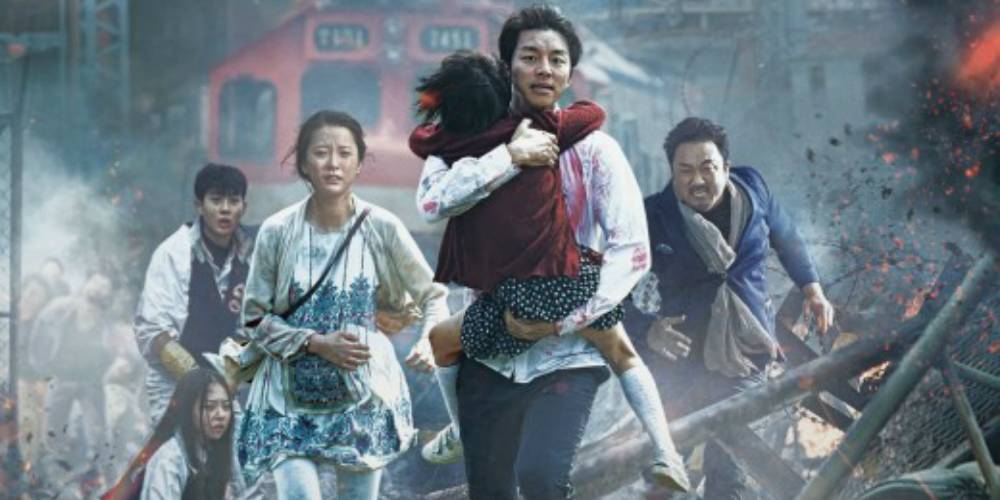
Despite the extreme concept, Yeon manages to present a number of social messages, chiefly regarding human nature through allegories. The most obvious one is that of the contemporary world, where ambition is the most crucial ability in order for someone to ascend the ladder of the socioeconomic environment. The zombie infestation serves as the allegory of this world, where dog-eat-dog is the rule.
The separation of the passengers in the train, which leaves some safe in a protected wagon and the rest struggling to survive, is an allegory regarding the gap between the rich and the poor.
Additionally, the former are portrayed as people willing to do anything to protect their safe environment, without caring the least for the lives of the have-nots. The fact that the protagonists have to give every inch of their power and even self-sacrifice to survive is an allegory of the class rebellion, as the only way to achieve their goal of equality.
Lastly, a message is presented when Seok-woo closes the door on Sang-hwa; people may have the instinct of self-preservation that extends to their family members, but they are a long way from extending it to their neighbors and other people in general.